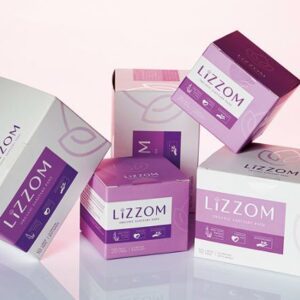The use of Reusable Sanitary Pads in Sub-Saharan Africa


The main reason the globe has started to embrace the making of reusable sanitary pads is because many young girls were not able to attend school and even events during their menses.
For example in Kenya, President Uhuru Kenyatta assented to the Basic Education (Amendment) legislative proposal, 2014. Where the Ministry of Education ensured the supply of free sufficient and quality sanitary towels to every girl child in public schools in Kenya.
However, these girls only get one or two packets during school time. Some girls have heavier flow than others, so those who receive one packet might only have enough for a day or two. After this they resort to other means, like using old rags or mattresses. It happened if the parents can’t afford to buy them one more packet. During the holidays they resort to using the same replacement products.
Research shows that some 15-year-old girls offer sex for money to be able to buy sanitary pads and 50% of these girls are from the slums. However, in Sub-Saharan Africa, girls and women resort to unhygienic means to stop the bleeding during their period. They were using chicken feathers, or a special goatskin strapped to their thighs to catch the blood. Although some local leaders deny that such practices take place. Women Representatives are still proposing that the government should supply sanitary products to girls around the country.
Research on Reusable Sanitary Pads
During my research, I found that in about two-thirds of African countries, women are unable to afford sanitary products. However, many women’s organizations in these countries have embraced the idea of making reusable sanitary towels from local materials. This is because, according to UNESCO, 1 out of 10 girls miss 5% of schooling every month, threatening their overall success through their performance.
Many of these women’s organizations were inspired through the members’ own experiences when growing up. Back in the 1970s, many were encouraged to cut old clothing and mattresses, then stack the rags and sponges in their panties to absorb the blood. Many girls in the community explained that the first time they saw sanitary pads was when they joined high school.
Reusable Sanitary Pads by Binti Mwangaza
I spoke to a woman in Nanyuki, Kenya who makes reusable pads to help girls in vulnerable communities. She explained to me that she embarked on research to find out how reusable pads are made. She said she was willing to train women in the community to make the sanitary towel. This way the women can generate revenue to help themselves. Also make them for their daughters when they reach time for their menses.
She added that the reusable sanitary pads are comfortable to wear and can be used for the whole day, unlike disposable pads, which have to be changed after five to six hours. She explained further that she would like to work with the county governments to distribute reusable sanitary towels to schools in the area.
Women’s organizations globally are providing schoolgirls with reusable cloth sanitary pads that are durable and easy to soak, wash, and dry. Unlike disposable sanitary tampons that take hundreds of years to decompose. Cloth pads are environmentally friendly as nothing is left out to go to landfills every month.
Mother-to-daughter communication about menstrual hygiene, and sexuality in general, is a big problem in certain parts of the world. This is particularly in the more rural areas. The local governments should work with the teachers to provide basic training to school-aged girls on how to make reusable sanitary pads.













































